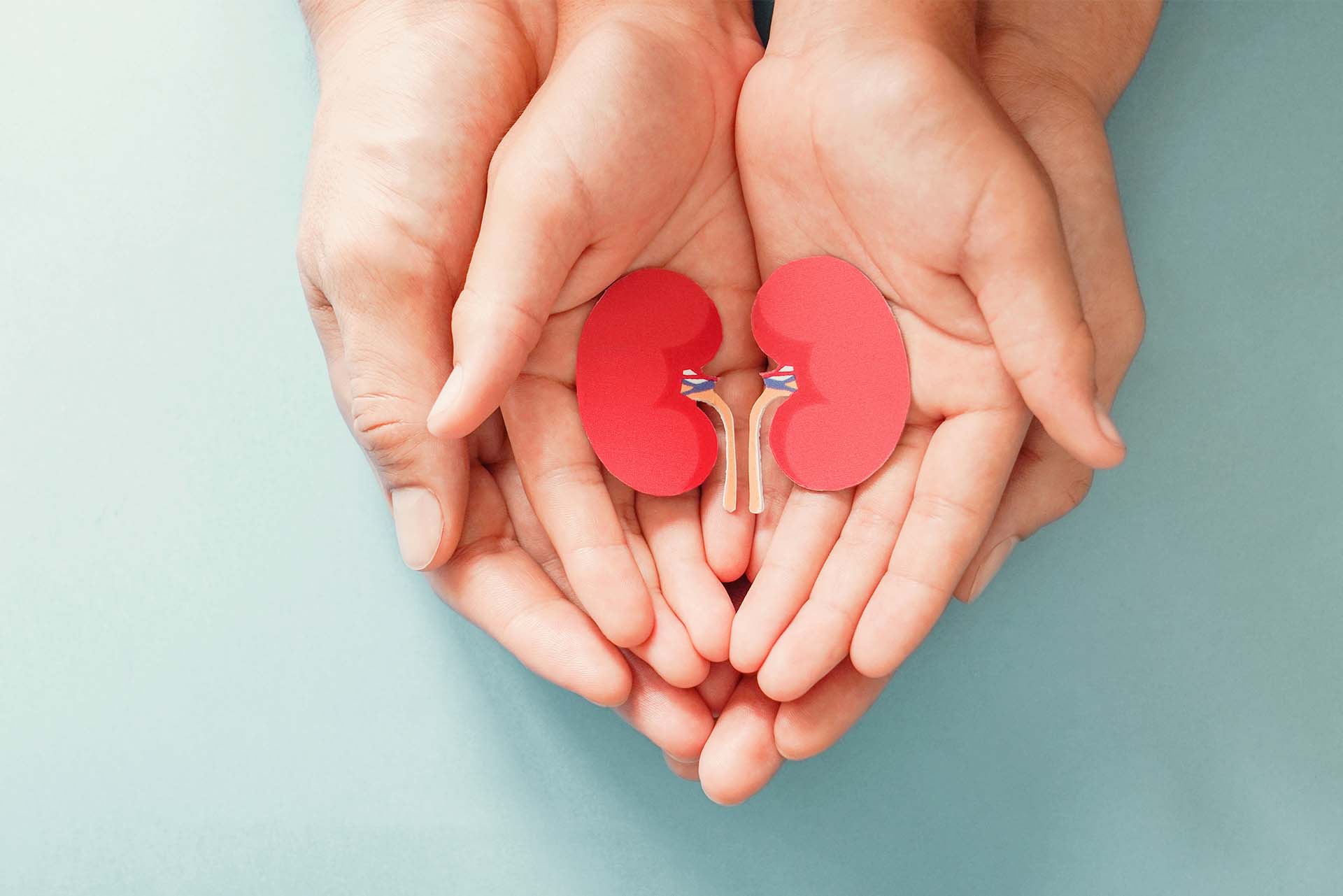Organ transplants save countless lives every year. But although doctors aim for a good match between donors and patients, there is unfortunately still a substantial risk that a patient’s immune system rejects the donor organ. In the case of kidney transplants, the percentage of rejections is very high, taking place in about one-third of cases.
“In about half of these acute rejection episodes in kidney transplant patients, the cause is so-called antibody-mediated rejection (ABMR),” says Professor Inge Mertens of the Flemish institute for technological research VITO. “In these cases, antibodies in the blood are responsible for the rejection.”
Even though ABMR is obviously a huge problem, scientists have until now devoted much more attention to another cause of kidney rejection: T cell-mediated rejection (TCMR). According to Mertens, this focus is because TCMR can more easily be reversed by administering immunosuppressive drugs. “With ABMR, the therapy is more complicated: you have to filter the blood and remove harmful antibodies. The risk of kidney failure is also higher in the case of ABMR, as it is currently hard to diagnose it in an early enough stage to save the donor kidney.”
“Rejection is often only detected at an advanced stage, when it’s no longer possible to save the kidney.” – Inge Mertens
Part of the problem is that early diagnosis is difficult to achieve. The typical method involves taking a biopsy from the patient, where a needle is used to extract a small piece of the organ tissue which is then tested in a medical lab. “You cannot carry out such biopsies too frequently, because of the risk of complications, the cost, and the burden of the procedure. As a result, rejection is often only detected at an advanced stage, when it’s no longer possible to save the kidney. Furthermore, biopsies sometimes don’t provide a clear picture.”
Saving kidneys using a simple test
To increase the chances of early diagnosis, a group of European health and knowledge organizations set up the Biomargin project in 2013. Their goal: to develop a new diagnostic test that is less invasive and more accurate and objective than biopsies.
Partners of the EU-funded project included VITO, KU Leuven, and the University Hospitals Leuven, as well as three transplant centers outside Belgium (in Limoges, Paris, and Hannover). The project concluded in 2018 with a positive outcome: “We investigated different possibilities, and the urine test ultimately turned out to be a very promising option,” says Mertens.
The test was developed by analyzing the urine of transplant patients to search for proteins that could indicate kidney rejection, with thousands of proteins screened during the process. Ultimately, the researchers managed to identify ten proteins that work as biomarkers, providing a good indication of whether a kidney is being rejected. The group chose five of these proteins to use in the creation of the actual test.
“Our test can improve the quality of life of patients considerably.” – Inge Mertens
A validation study of the test demonstrated an accuracy of 99% regarding false-negative results. The margin of false-positive results is higher, at 33%, meaning that a kidney biopsy is still necessary to confirm that a kidney is being rejected. Nevertheless, this still makes the urine test faster and more sensitive at detecting ABMR than any existing methods.
“The current 10-year success rate for kidney transplantation is 65 to 70%, but we can raise this percentage substantially if we can intervene more quickly and accurately in the event of ABMR,” says Mertens. “Our test can improve the quality of life of patients considerably. Although a biopsy is generally not too painful, it is still a procedure which entails risks and requires patients to come to the hospital. And if patients have to go back on dialysis because problems with their donor kidney went unnoticed for too long and the kidney ultimately failed, the impact on their quality of life is massive.”
Next step: commercialization
In addition to helping patients, this urine test can also save our society many costs, states Mertens. “Dialysis is very expensive for the healthcare system, with annual costs per patient amounting to 50,000 euros. And while the price of a biopsy is around 750 to 1,000 euro, our urine test would cost only a fraction of this.”
Read this article to learn about the Aurora test, another Belgian innovation which can double pregnancy chances in assisted conception!
For the time being, VITO’s test can only be carried out at a specialist laboratory. The research center is now working hard to develop a lateral flow assay version of the test, making it just as quick and easy to use as a home pregnancy test. VITO is working together with the UK-based diagnostics company Mologic to make this happen. Colleagues in Leuven are also developing an ELISA test (Enzyme-Linked Immune Sorbent Assay) for hospital use.
The first trials on patients are due to begin in 2023, with trials definitely taking place at the University Hospitals Leuven, but possibly at partner organizations outside of Belgium as well. VITO hopes the urine test will be ready by the end of 2023; bringing it to the market will probably take another three years in addition to that.
“As a research center, we don’t have the ambition to commercialize the test ourselves,” says Mertens. “We are currently exploring the best options to bring it to the market. We are looking at existing companies that are interested to integrate the solution in their portfolio. Another option is to set up a joint venture – a spin-off company – with the KU Leuven and industry partners we’ve already collaborated with on the development of the test, like BioLizard, QbD and Qompium.”
For more information on this VITO innovation, visit the project website.


